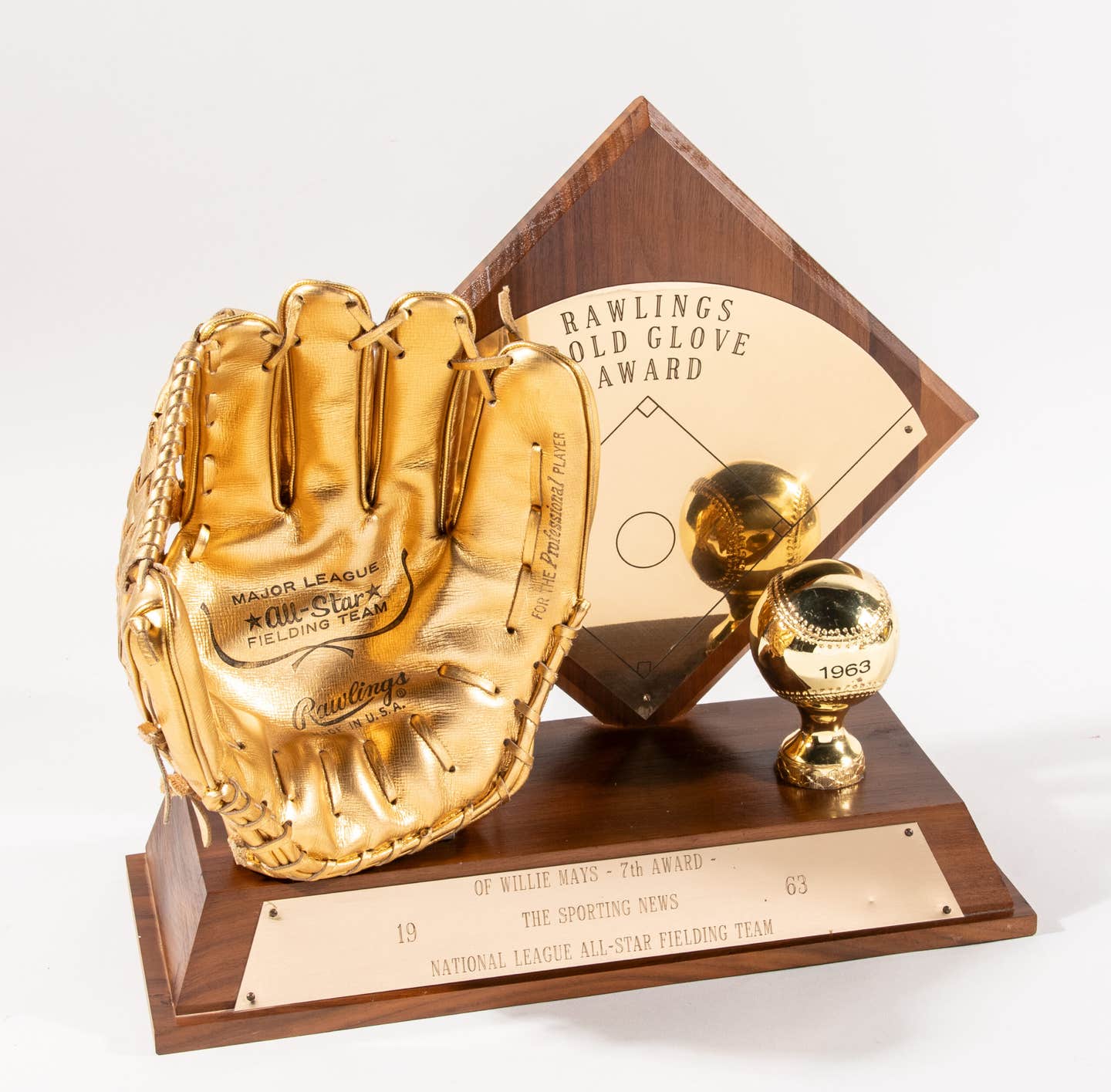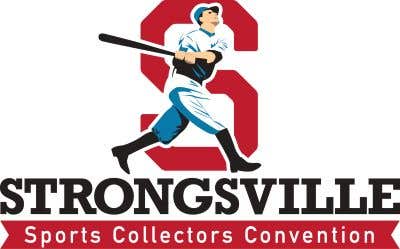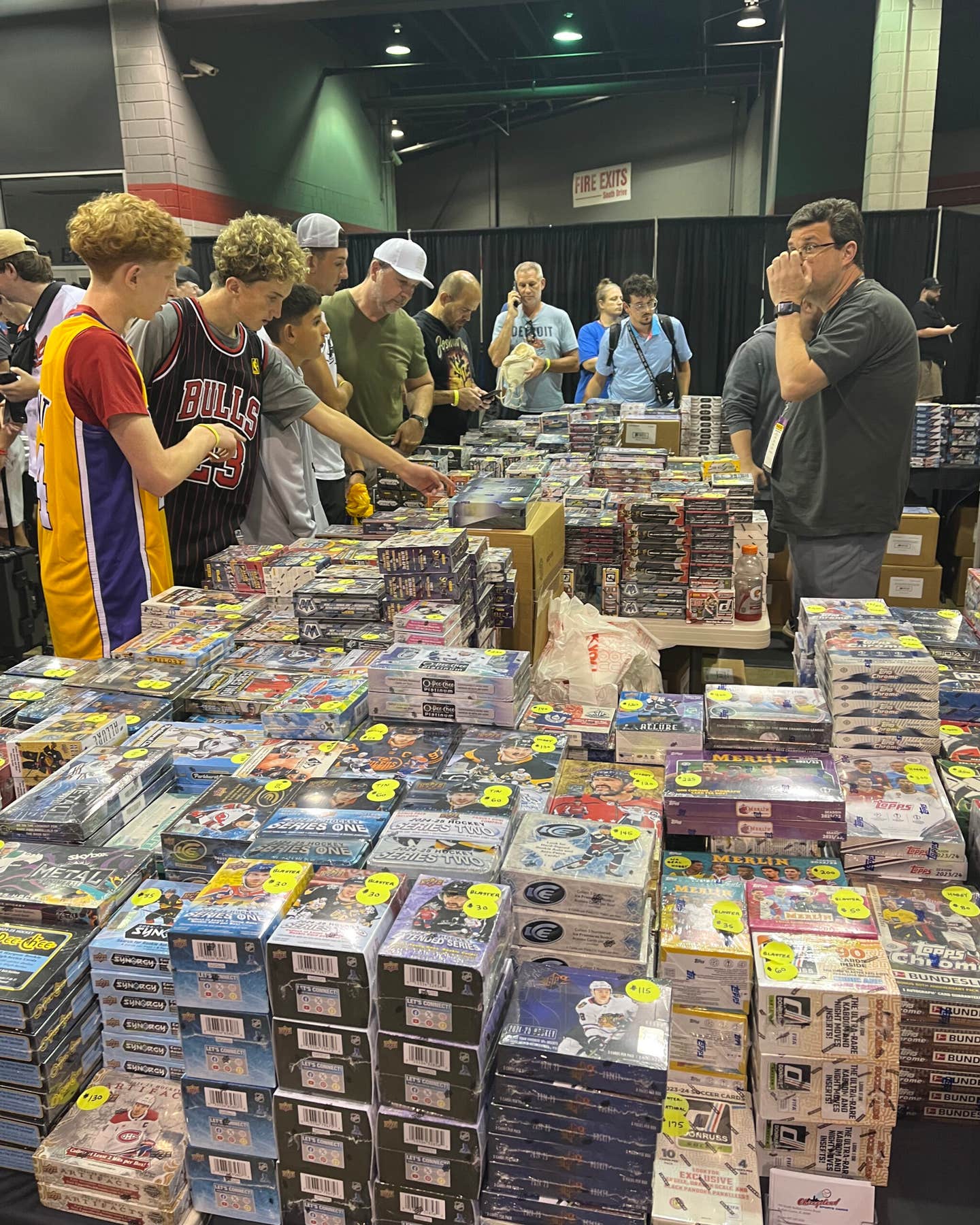Memorabilia
Frank Keetz: Collecting Play Balls to Postcards
By George Vrechek
Retired high school history and social studies teacher Frank M. Keetz of Schenectady, N.Y., was born in 1928, and started collecting in the late 1930s. Along the way, he dealt with Charles Bray (1899-1987), Buck Barker (1911-82), Frank Nagy (1922-92), Bob Jaspersen (1920-82), Goodie Goldfaden (1914-2012), Woody Gelman (1915-78) and many other hobby pioneers.
Play Balls, Gelman and Mastro
It started in earnest for Frank with the 1939 Play Balls, although he had already accumulated some earlier Goudeys and even a few tobacco cards. He kept at it through his mid-high school years, picking up 1940 and 1941 Play Balls. He went off to the armed service, college and family life. Neither his mom nor his wife ever tossed the cards. Frank actually accumulated more cards, as siblings cleaned out their closets and sent him their cards. Like many early collectors, he was always interested in the cards, but it took him a long time to realize there were other collectors.
A New York Times article in 1970 caught his attention. Woody Gelman was running a card show on Long Island. Keetz called Gelman, got directions, put his two young sons in his VW and headed off on a 350-mile round trip to start his second phase of collecting.
Frank arrived at the show with a shoe box full of his duplicates from the prewar era and
was immediately “pounced on” by a good percentage of the 75 or so collectors at the show. He sold off a few cards like Joe Jackson and Joe DiMaggio before a very young Bill Mastro took him aside. Mastro was obviously also interested in the cards, but he told Frank he had some great cards and that he should be careful selling them. Keetz took Mastro’s advice and went from selling to buying. Frank had not collected complete sets as a kid but now started to focus on filling in sets from his youth and expanding into the postwar era.
The search begins
Frank and his wife Marty had been “antiquing” anyway, and he began scouring flea markets and antique shops for old cards. His flea market findings expanded his horizons, as he started accumulating postcards of baseball players and stadiums, baseball annuals, guides and magazines. He liked the idea of keeping it affordable and covering many areas of baseball collecting. The challenge, according to Frank, was that “there was little money available but there were plenty of cards; now there is more money but not many old cards.”
Frank was able to progress into postwar cards with the exception of the 1952 Topps. He picked up more than 100 1952 Topps at a flea market. Frank was always interested in cards in decent condition. These particular cards were decent except for silver stars that had been glued to the front of each card by its previous owner. Frank collected other 1952 Topps, but then eventually decided to part with the “star” cards and abandoned the 1952 Topps set quest.
Comic baseball postcards
Affordability attracted him to a small niche of collecting described in Jefferson Burdick’s American Card Catalog as PC798 – comic baseball postcards. These postcards could be found outside the normal card shows. They were about baseball, they were humorous (at least by the standards of 100 years ago) and they could be purchased for 25 cents rather than $25 like some baseball cards. Frank remembered a quote from Burdick about the comic cards: “If the design makes you smile, it is probably in the comic class.” And that seemed like a good pursuit. Frank started collecting away and soon found himself as one of the few experts in the field.
As often happens in collecting, “one thing led to another” according to Frank. Since not much had been added to Burdick’s original listing of PC798, Frank began accumulating postcards and getting information on cards and sets from other collectors. He found all kinds of things at postcard shows. He traded with veteran collectors like Elwood Scharf, Ray Medeiros, Ron Menchine and Tom Collier. He bought cards from long-time dealers Goodie Goldfaden and Charles Bray. One of the pioneer hobbyists that Frank fondly remembers was Buck Barker.
Buck was “really, really, really nice” to him, providing advice, ideas, research and postcards. Buck had a great sense of humor, and the comic baseball postcards were right up his alley, as well. Buck pursued the obscure card and player in any condition and was generous in sharing his cards and findings with others.
Burdick identified 12 issues under the category PC798. Barker continued cataloging sets after Burdick’s death and brought the total to 29 (PC798-29). Frank and his collecting buddies have since added another 50 issues to the list. Frank’s first publication on this subject was called Baseball Comic Postcards and was issued as a 32-page booklet in 1976 to share information obtained from about a dozen collectors. Like Burdick, Frank got to do most of the research, writing, duplicating, promoting and mailing with no real hope of covering costs.
His second 60-page edition was issued in 1983 and brought the known comic baseball postcard sets up to 79, plus about another 200 individual cards not part of sets. Frank’s favorite comic postcard set is PC798-4, consisting of 16 subjects dressed in the uniforms of the 16 teams in 1909.
Comic baseball advertising trade cards
“One thing led to another” again and Frank got interested in baseball advertising trade cards from the late 1800s. He went after the comic trade cards with a baseball theme. By this time, some baseball cards were $40, but the 100-year-old trade cards of interest to Frank were only $2.
Armed with his own research and help from many collectors, Frank published Baseball Advertising Trade Cards. The booklet’s first edition in 1980 described 180 known comic baseball trade cards from 24 different sets. The second edition in 1997 expanded the universe to 334 cards from 40 sets. Frank’s full-color third edition in 2011 (still available from Frank for $45) describes 404 cards. Since then, a few more cards have surfaced.
Tobacco inserts, magazine covers
Frank also got into collecting tobacco insert cards with the same theme. Among his favorites is the Duke’s 1888 Honest Long Cut N154 18-card issue of presidential candidates using head shots of politicians on bodies of women dressed in baseball uniforms. Women ballplayers were depicted in the N48, N360, N508, H807-1 and H807-2 sets. The women depicted in these issues had likely never played much baseball.
Of course, he didn’t stop with the tobacco cards either. Frank confessed, “I got into magazine covers – Life, Time, Newsweek and Saturday Evening Post – featuring baseball players or scenes.” One of Frank’s favorite sayings is borrowed from author Willa Cather (1873-1947), “The end is nothing, the road is all.”
Cataloging trade cards
Reading Frank’s books helped refresh my understanding of how the early cards were organized. Burdick described general advertising trade cards with the preface “H.” The “H” didn’t stand for anything according to Burdick; he just needed the letter to organize trade cards with “G” for trade cards produced by tobacco companies and “H” for all other general trade cards. Cards about the size of a current baseball card were typically produced with images in color or black and white without the advertiser’s information. Advertisers would then overprint the stock cards with their name and message. Collectors focused on the images and not the advertisers. A few issues were notable because of the artist involved. Sports were among the themes, with baseball representing a significant portion of the sports-themed cards.
Burdick listed the sports trade cards as H800 through H820. “Comic” baseball designs were cataloged as H804. Card sets with individual players, such as H812 New York Baseball Club and H813 Boston Garters, have been popular for years and quite expensive. Cards depicting specific players in comic poses are the next most popular. The “Cadillac” of these issues is the 1887 Tobin Lithographs in color or black and white (H804-21 and 22) featuring caricatures of 10 popular players, five of whom are in the Hall of Fame. Generic players, children or women on comic cards were an additional, affordable and more plentiful option. The heyday for this type of advertising was 1885-95; thereafter newspapers seemed to adequately fill the bill for advertisers.
Postcard cataloging
More than 100 years ago, postcards worked nearly as well as e-mails, with pickups and deliveries several times each day if the people corresponding were located along train lines. Before 1907, only the address could go on one side of the card. Your message and any picture would be jammed onto the other side. Finally in 1907, the postal service allowed a divided back for the address and message, which proved to be quite popular.
Burdick categorized postcards (PC) in a separate section of the American Card Catalog. The sports-related postcards were assigned numbers starting with PC740. Postcards of individual players were more popular and expensive than generic or comic images. From 1905-10, some postcards were issued of players on local baseball teams. The Rose Company produced cards of players from all teams with a huge issue in 1909-10 (PC760).
Keetz focused on the comic postcards categorized by Burdick as PC798. Pretty women, children and comic figures were frequent subjects. Not all of the cards would be considered to be in good taste by any standard. (“Comic” cards featuring blacks were in terrible taste.)
Burdick and Barker’s influence on Keetz
Frank’s academic background in history, sense of organization, interesting writing style and the influence of Burdick and Barker are apparent in each of Frank’s books.
Burdick cataloged the entire field of baseball trade cards and postcards with a few lines and enthusiastically described how card issues reflected the times. There had been little in the way of colored pictures available to the public. Trade cards, tobacco inserts and postcards were embraced and collected. In Burdick’s October 1945 Card Collector’s Bulletin, he wrote that about 75 percent of the trade cards in collections got glued into scrap books: “Some are easily removed, others defy all efforts.” Burdick felt that only a few trade cards were worth more than 50 cents each and that the bulk of these cards wound up being sold to retail antique dealers for 25 cents per 100.
Buck Barker would write about baseball issues for hobby publications and help uncover new listings to add to Burdick’s work. Frank Keetz carries on in the best tradition of both and has the luxury of being able to include more detail and background than either Burdick or Barker. Like Burdick, Frank enjoys cataloging, corresponding with other collectors, researching and organizing. He also has a keen interest in how baseball evolved as a sport. He finds examples of that evolution in the old cards, particularly the trade cards. For example, trade cards would show catchers with or without masks, batters calling for certain pitches, players wearing gloves or playing bare-handed and home plate in the shape of a diamond or pentagon.
In his comic baseball trade card catalogs, Frank intersperses interesting sidebars on such subjects as baseball rules evolution; poor treatment of early black players, including Fleetwood Moses (the first black major leaguer) and his brother (the second); intimidation of umpires, including Bill Klem in his early years; attempts to injure other players with spikes; pride in local teams; early ballparks; and fixed games. It is all great reading. The books include price guidelines for each set as well as listings of individual cards not known to be part of a set.
Other guides
Subsequent to Frank’s booklets on comic baseball postcards, J.L. Mashburn published several postcard price guides. One of those was the 480-page Sports Postcard Price Guide published only in 1998. The guide is filled with illustrations and includes U.S. and European sports postcard issues from the 1890s to the 1960s. Mashburn priced cards in Very Good and Excellent conditions. Some collectors feel that his 1998 prices are too robust even today for many of the cards.
Tom Crabtree published Baseball Stadium Postcards in 1997. In addition to lengthy lists of postcards for each major league stadium, the guide includes a chronological listing of stadiums used by each franchise from 1901-97, images of representative postcards for ballparks and a brief description of the history of each park.
Baseball history books by Keetz
In his spare time, Frank also cranked out five different books covering old professional baseball teams in Schenectady, N.Y. It took Frank three or four years to research and write each book. Frank recalls, “It was hard work but fun. I interviewed a million minor leaguers, most of whom never reached the A.L., N.L. or Negro majors.” Frank also contributed articles or information about the old cards to hobby publications over the years. He is a long-time SABR member and SCD subscriber.
Nagy’s advice
Frank Keetz is still interested in finding out about new card discoveries. Frank remembers the words of Frank Nagy of Detroit, “You can never have everything.”
Nagy must have tried though, having purchased Walt Corson’s massive collection. Keetz met Nagy in Detroit at an early Lloyd Toerpe card show. Keetz and five other collectors twice met in New York and journeyed in one car to Detroit and back to attend shows in the 1970s, providing great memories of those earlier days of collecting for years to come.
George Vrechek is a freelance contributor to Sports Collectors Digest and can be contacted at vrechek@ameritech.net.








